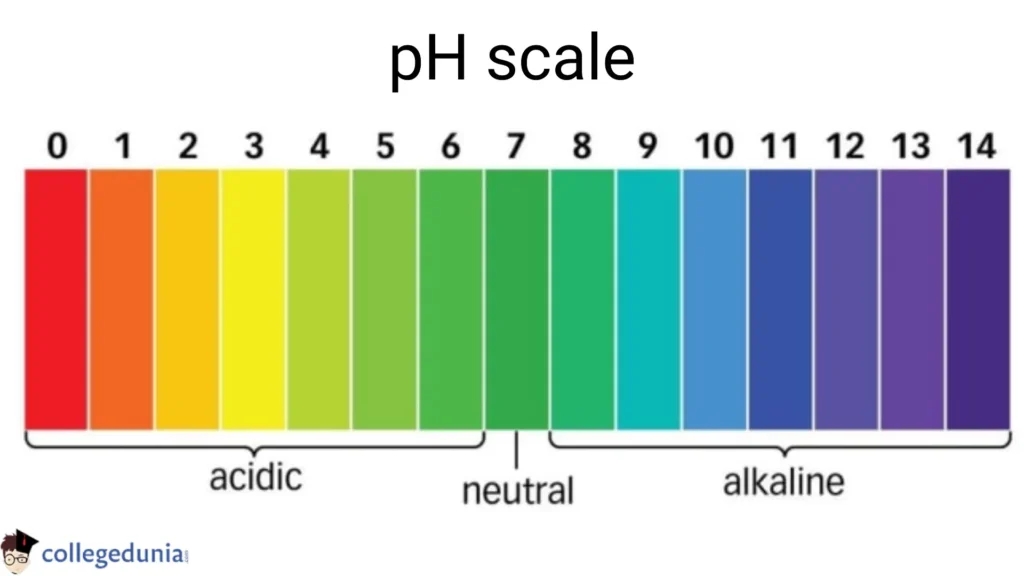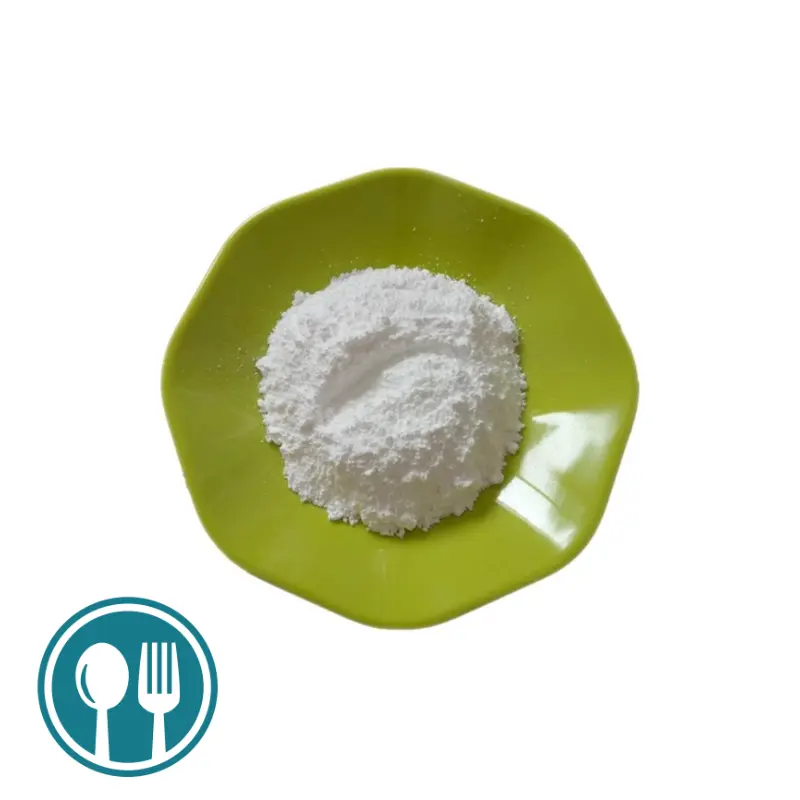Did you know librarians use magnesium oxide to neutralize the acidic oxidation products of old books? Or that when mixed with concrete, it creates fire-resistant wall boards for building construction? This very versatile compound is also valuable within the food industry where it is permitted in food under good manufacturing practice. Below are some magnesium oxide uses for you to consider.
Magnesium Oxide, MgO (CAS 1309–48–4), E530, is a natural, GRAS ingredient. Per CFR 21.184.1431, it is classified in two forms of white powder based on the temperature and duration of heat used in processing. Light magnesium oxide has a density of roughly 40–50 mL per 5g. Heavy magnesium oxide, which is denser at 10–20 mL per 5 g, is produced under more severe conditions. Magnesium oxide is insoluble in alcohol, achieves minimal solubility in water and has increased solubility in weak acids.
Potential uses for Magnesium Oxide in the food industry
1. Anti-caking

Magnesium oxide is hydroscopic. Within dry powdered formulations it acts as an anti-caking agent allowing these products to remain free-flowing. Magnesium oxide’s low water solubility may result in a white powder seen in products consumers hydrate, like powdered beverages, if the usage level is too high.
2. Firming agent
Patent US 3367784A, Gel Composition and Process, was approved in 1968 and describes a method to use magnesium oxide to create a shelf stable pectin based gel. Expanding on the ability of magnesium to increase pectin gel strength, magnesium is a key ingredient in pectin based biodegradable packaging or edible films.
3. pH Control Agent

Magnesium is considered an alkaline earth element. In solution magnesium oxide has a pH around 10. Per CFR 162.110, magnesium oxide can be used in an alkaline solution of 2–2.5% for cacao nip processing as part of the Dutch cocoa process which results in a mellow flavored cocoa with improved wettability, dispersibility and suspension holding properties. The Codex also indicates magnesium oxide as an approved ingredient in several dairy products like cheese.
4. Color retention

Magnesium is a key component in chlorophyll. In the 1943 patent US 2318426A, Method of canning green vegetables, magnesium oxide is utilized within the first step of blanching, which results in the retention of a bright green color within canned peas.
5. Nutrient Fortification

Last year I discussed Magnesium as an opportunity mineral since it plays a large role within several aspects of health and diets are often lacking in this key nutrient. While other Magnesium salts may offer more bioavailability, magnesium oxide contains 55–60% magnesium and is a relatively inexpensive magnesium fortification. Magnesium oxide is used in fortification of breads, however, at too high of a usage rate will change the pH of the dough resulting in a less desirable end product. To counter flavor or pH changes, magnesium oxide is offered in encapsulated forms.
6. Potential Flavor Enhancer

While magnesium oxide delivers an unpleasant bitter note, there are some applications for this ingredient to enhance flavors. For example, in frying oil, magnesium oxide can absorb polar lipids which results in a temporary reduction of flavor deterioration of the oil.
When magnesium oxide is mixed into water it is slightly soluble and will form magnesium hydroxide. Recent coffee flavor research showed that hard water, containing magnesium hydroxide, achieved a brewed coffee with more flavor compounds and caffeine.
7. Exothermic Reaction
Mixing magnesium oxide and water generates an exothermic reaction which has seen applications in self-heating food packaging.
8. Future Antimicrobial
Several studies have been completed around the antimicrobial effects of MgO. A Recent study by Jin and He published in 2011 in the Journal of Nanoparticle Research showed potential of Magnesium Oxide Nanoparticles (MgO NP) as a bactericide effective against Salmonella and E. coli. The MgO NP disrupts the bacteria cell structure. As a future state potentially these findings can be applied in formulations, within manufacturing as a process aid, or as a component within packaging to enable greater food safety.
Health Benefits of Magnesium Oxide
Magnesium is an important macronutrient, and it is the fourth most abundant positively-charged ion in the body. It is one of the electrolytes that cause muscles to contract, and it helps regulate your nervous system, blood sugar levels, and blood pressure. Your body needs it to complete more than 300 processes involving enzymes and proteins. Sufficient magnesium can usually be obtained through a normal, healthy diet, but low levels of magnesium can lead to serious problems.
There are at least 10 chemical compounds that contain magnesium and can be used as health supplements. Each of these is better suited for some uses than for others. Magnesium oxide is best used for digestive problems and heartburn. Magnesium oxide can also be used to supplement magnesium levels in the body, but it may not work as well as other magnesium compounds that are more readily absorbed into the bloodstream, including those you can get naturally from foods.
Benefits of Magnesium Oxide
Magnesium oxide, often available in capsule form, is commonly used to help a number of concerns, ranging from simple low magnesium levels to more specific concerns, like the following:
Relief of Indigestion and Heartburn
Magnesium oxide may be used as an antacid to relieve indigestion and heartburn.
Relief from Constipation and Irregularity
Magnesium oxide causes the intestines to release water into the stool, which softens the stool and relieves constipation and irregularity. A dose of 250 milligrams can be repeated every 12 hours until you find relief.
Relief from Migraine
Studies have shown that patients with migraine, including cluster headaches and menstrual migraine, often have low levels of magnesium, and taking supplements like magnesium oxide may be helpful. Studies suggest that magnesium ions provided by magnesium oxide interrupt the brain signals that may cause migraine. A dose of 400–500 milligrams per day may be required to be effective. This dose may also cause diarrhea as a side effect, but this can usually be controlled by starting with a smaller dose.
Other Health Benefits
Magnesium offers many other health benefits, but magnesium oxide is not the best source for these benefits. Magnesium oxide has difficulty dissolving in water and is not absorbed into bodily tissues as easily as water-soluble magnesium salts, such as magnesium citrate, magnesium chloride, magnesium lactate, or magnesium malate.

